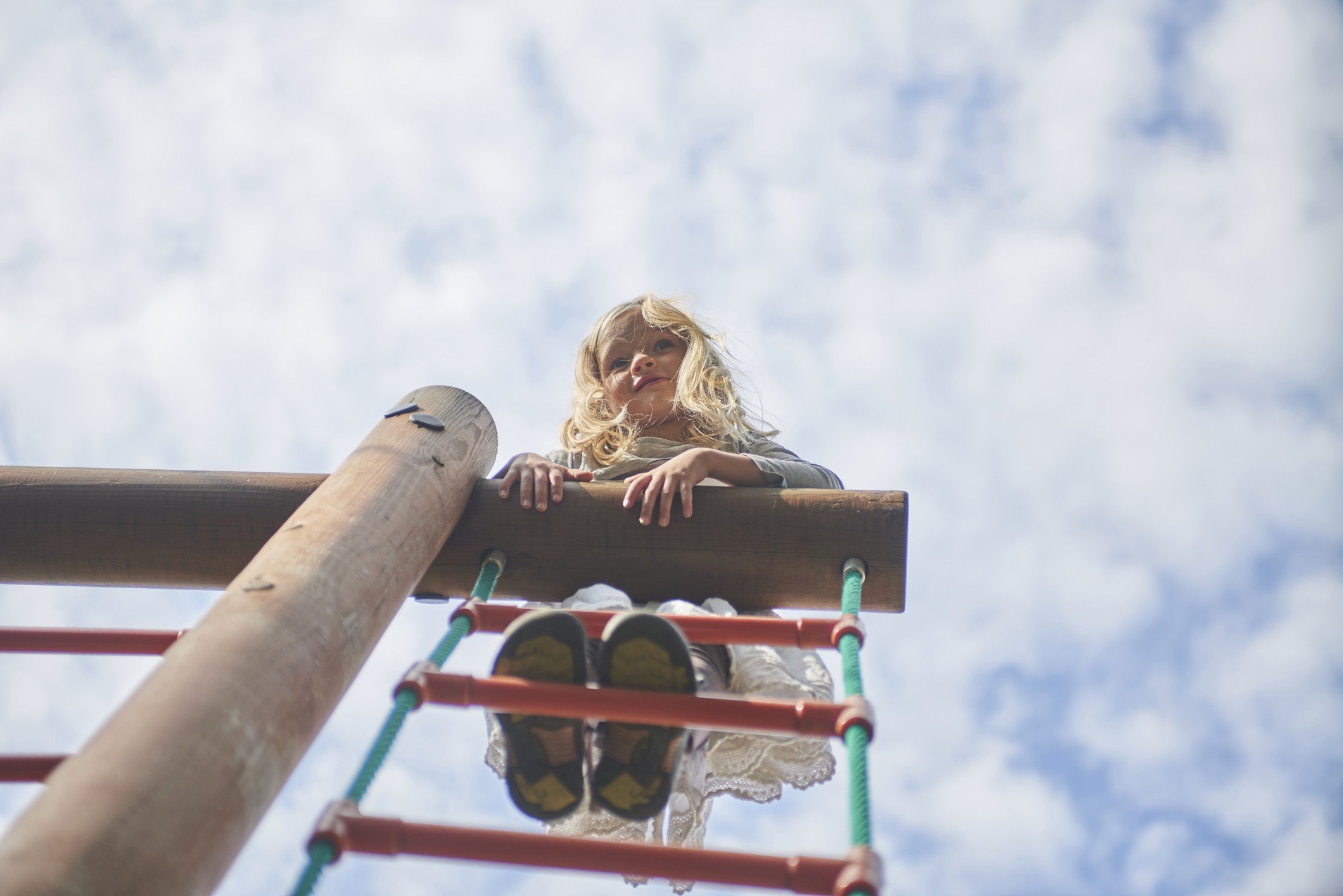Play is pretty much pure magic for babies and kids. Through play, little ones learn about themselves and their world. Playing improves cognitive, physical, social, and emotional well-being.
Babies don’t yet have language to communicate or interpret the world. Listening, tasting, feeling, seeing, and smelling the world around them is how they engage and thrive. They are little (super cute, super exhausting) sponges, soaking in the experiences and environment around them.
The benefits of play—especially sensory play—are way too exhaustive to list here. A Johns Hopkins study even showed that when babies have more opportunities to play, they learn to cope with stress and develop their emotional intelligence, resiliency and social skills.
What about sensory play? In other words, play that engages your child’s senses. Yes, that’s the five senses we often talk about: sight, touch, hearing, smell, and taste. But sensory play might also stimulate movement, balance, and spatial awareness. Multisensory play involves engaging more than one sense at a time.
Why Multisensory Matters
Multisensory learning is founded on the theory of whole brain learning, which states that engaging multiple senses and several brain regions is the most effective way to learn. It makes sense intuitively, as our world is multi-faceted, and our senses are often our way to engage with people, places, and activities.
Refining fine and gross motor skills? Check. Practicing problem solving and emotional regulation? Check. Developing creativity? Check. Multisensory play, which sparks two or more senses, is seriously powerful. Again, the list of benefits is so extensive it feels almost ridiculous, but it’s real. From improved focus and concentration to fostering the skills that will eventually lead to language development and literacy, multisensory play has been shown to help your baby develop foundational skills they’ll build on for life.
There are plenty of opportunities to harness multisensory play in everyday life, and you’ll see them everywhere if you’re looking out for them. For example, I walked with my toddler from his sister’s elementary school to his preschool this morning. We heard the “pitter pop” of acorns falling from a tree. We stopped to feel a smooth, cool acorn in our hands. We admired its shiny brown exterior. We breathed in the crisp autumn air, which smelled earthy and fresh. Our senses were alive with the beautiful morning around us.
How to Incorporate Multisensory Play
As our children’s first teachers, one of our top priorities should be encouraging and facilitating creative play opportunities—and you don’t even have to leave the home to do that. Multisensory possibilities are everywhere.
An excellent tool in your multisensory toolbox is an interactive play gym. We love the Baby Einstein Zens Activity Milestones Plush Gym, because it’s built around the principle of multisensory play. With bright colors, textures, and multiple sensory features, there are plenty of ways for baby to explore. The space is designed to encourage milestones, with colors, numbers, and shapes—and removable toys to switch in and out. It’s a great way to support baby’s crucial first year of development.
The best ways to play with your baby are often simple. Singing and dancing can be a great multisensory activity—your baby develops their listening skills by hearing you sing and trying to mimic. They also learn concepts like tone and rhythm, and those early language skills get a workout, too.
Playing with a mirror is multisensory opportunity. (The Baby Einstein Zens Activity Milestones Plush Gym has a mirror, too.) Make funny faces in the mirror, or just point to your and their eyes, nose, and ears. This helps them with body awareness and observing themselves and others. Plus, sometimes a silly face can save the day.
Playing with water or grains, smelling the roses, playing with sand or cotton balls, listening to music, and dancing are all sensory activities. New things to bang, shake, and touch are everywhere. Bathtime and mealtime are multisensory experiences. And heading outside with your baby is a feast for the senses.
Happy playing, learning, growing and discovering!



